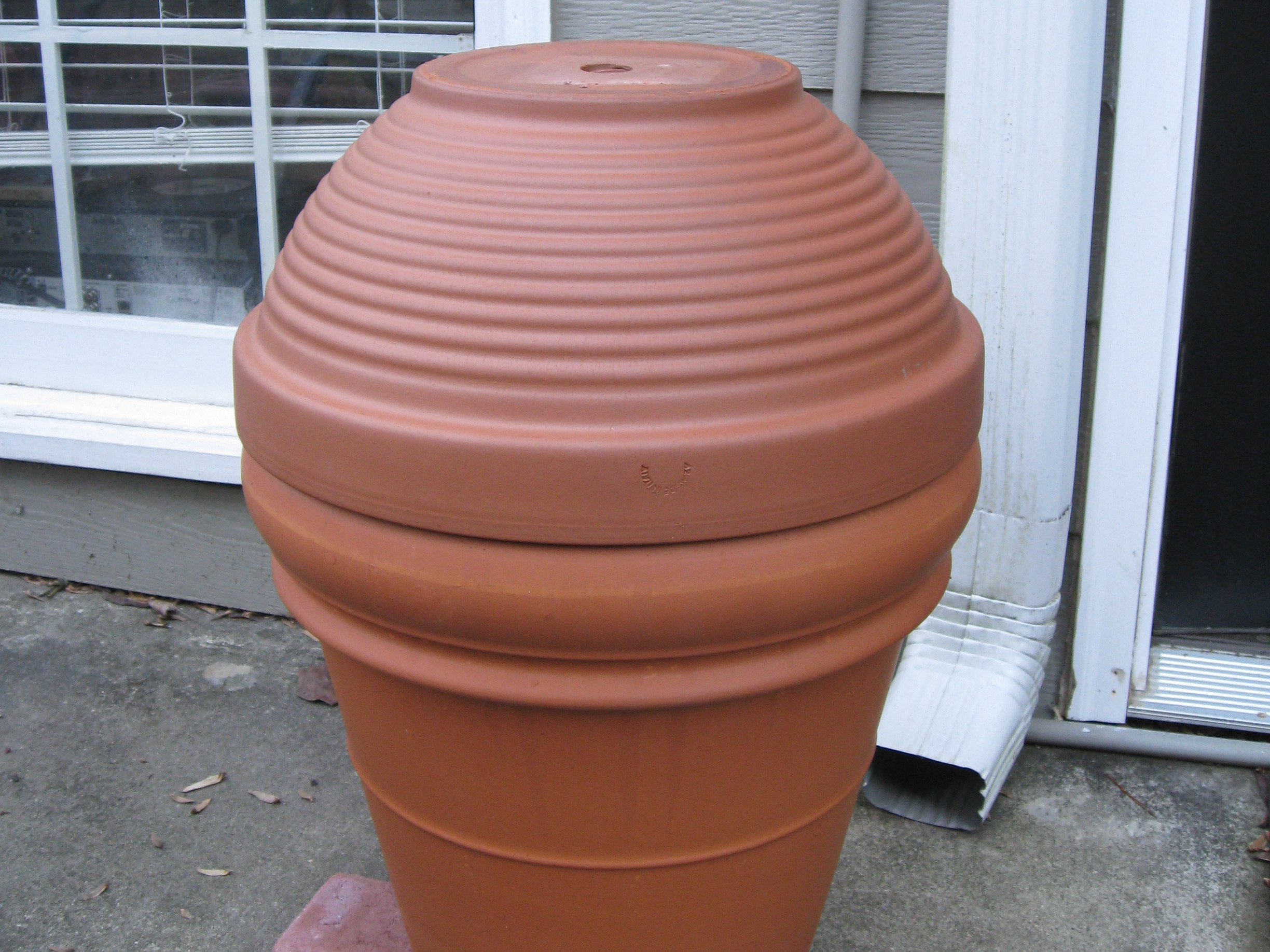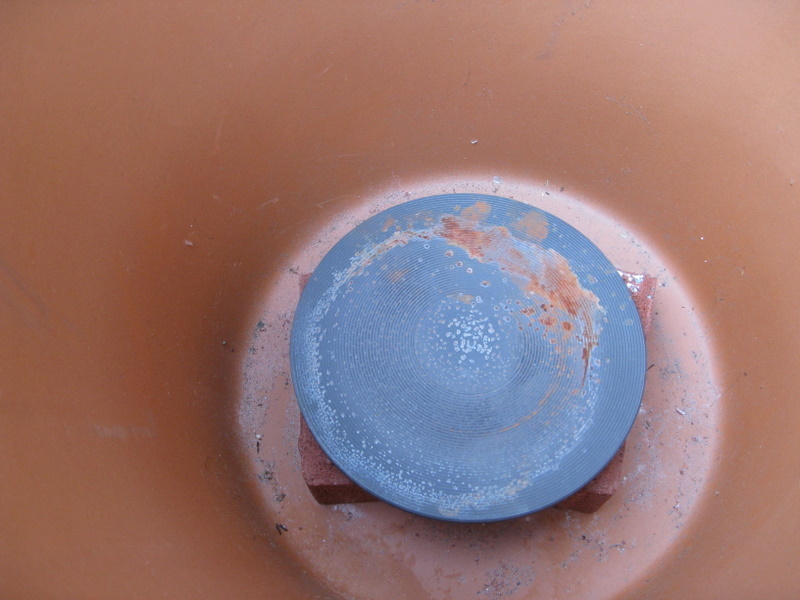I found a nice project box at Radio Shack that looked big enough to hold everything. I also bought a small bag of assorted rubber (plastic) grommets. These are needed to prevent the insulation on the power cord from rubbing against the project box and possibly wearing through to the metal. To make the control box, I needed to drill a hole in either end for the power cord going in and for the wires going out to the burner. These needed to be large enough for the wires plus the thickness of the grommets. I chose a size of grommet that would hold the wires snugly but not too tight.
A word to the wise: Not having a work space, I was sitting on my tiny patio holding the plastic box with one hand and the drill with the other. Everything was going well until the tip of the drill bit made it through. At that point, it “bit” into the plastic and the entire box spun in my hand. Fortunately I wasn’t hurt. When I began to drill the hole on the other end, I was prepared – I thought. Even going slow and being prepared for it, the box still spun out of my hand. Perhaps if I had a surface to work on or a way to clamp the box down it wouldn’t happen, so be careful.
Inserting the grommets was a pain. It turns out that I didn’t have a drill bit large enough, so I reamed out the hole as best I could and squeezed and tugged the grommet into place.
I needed to drill a hole in the box lid for the shaft of the temperature control to pass through and two smaller holes for the mounting screws. There was also a ‘power on’ light that I managed to salvage from the hotplate housing. (It turned out that the light was not visible in daylight. Oh well… it was a good idea while it lasted…)
Drilling these holes went better than previously. Using a ruler and pencil I marked the center line down the length of the lid. Using the hotplate housing as a template, I centered the three holes on the line and ran the pencil around the inside of the each hole. I carefully drilled the holes using the appropriate sized drill bit.
I cut two 6 ft. lengths of the high-temperature wire and crimped spade connectors to the ends, threaded them through the grommet on one end and plugged them into the wiring that had been connected to the burner. I ran the power cord through the other end and connected to the wiring that was previously connected to the burner. Finally, I mounted the temperature control to the lid and closed up the box.
All that was left was to assemble the smoker.
















